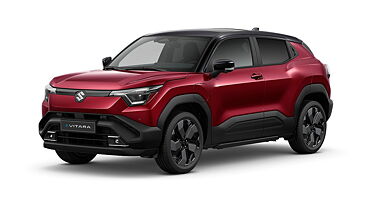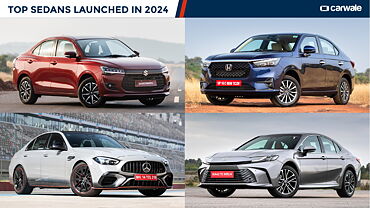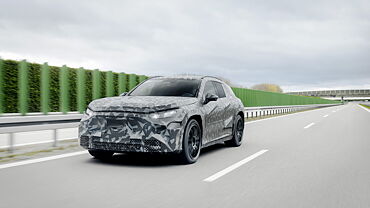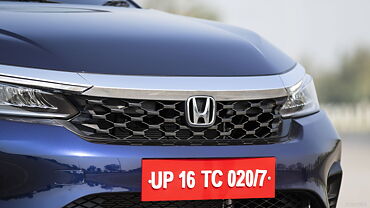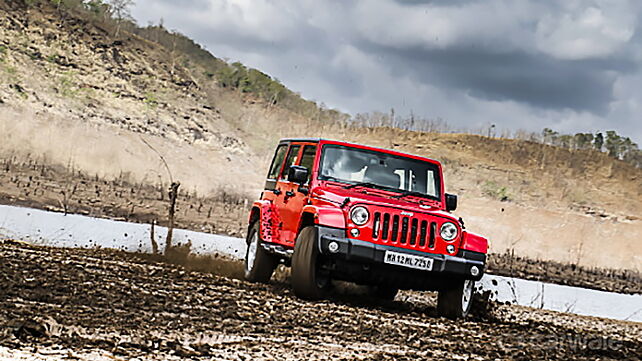
Jeep hasn’t had the greatest of starts in India. After taking forever to officially make its India foray, it seems it has now faltered on the pricing front. The general perception around Jeep clearly is of a range that’s overpriced. And on the face of it, it does seem like it as well. But dig deeper, and it might not actually be the case. Here is why…
First, the perception.
Jeep as a brand isn’t new to India. We have had it since the World War days and then similar designs were later seen on Mahindras. Now to take the Wrangler as an example; it does resemble the Mahindra Thar on the outset. What’s more the two share the same perception too, of being hardcore and capable off-road offerings.
Car fans and enthusiasts know the difference and won't make the mistake of comparing the two. But to expect the public at large, to make this clear a differentiation might be asking for a lot. This connect is what drew many to expect a low pricing for the Wrangler. And the fact that Jeep is more of an off-roading brand than one tailor-made for luxury, also made it difficult for many to digest the Mercedes and Audi rivalling prices for the Jeep range in India.
Let’s take another American product here, one that was lauded for its brilliant pricing, the Ford Mustang. The Mustang is an icon, it is a car to showboat in, and over the years, it has become an object of desireability. It is a sportscar, one with a glorious 5.0-litre V8 engine. And unlike the Wrangler, which still carries a utilitarian charm and with it a perceived lower price tag, the Mustang is a toy for the rich and famous, one they’d love to be seen in.
Now, the facts.
Jeep has an official policy that the Wrangler and Cherokee/Grand Cherokee can be only sold as CBUs in all global markets. This means with our high import duty structure, almost 180 per cent, these Jeeps were always going to be on the expensive end of the market given these don’t come for cheap in their market of origin.
Just to bring things into perspective, the Ford Mustang and the Jeep Wrangler – in the forms the two are sold in India – are almost similarly priced in the US market from where they are imported. The Wrangler with its diesel engine and the added bells and whistles for the Indian market is more so. Once we dial in the duty structure for both cars and look at the Rs 65 lakh price tag of the Mustang, it is clear the Rs 71.5 lakh asking price of the Wrangler isn’t outrageous.
It is the same when we look at the Volvo XC90 that retails for a similar price as the Wrangler Unlimited in India. Now, the country of origin might be different for the two cars, but the data obtained by us regarding the landing price of the two cars shows that the Wrangler is in fact a tad pricier before the duties are laid thick on the two SUVs. But, even with a higher landing price, the Wrangler still manages to retail around the same price point as the Volvo.
The conclusion
So then, is Jeep overpriced in India? After having spent days looking at various pricing, duty and other related data, it’s clear that Jeep hasn’t really overpriced its products in India; even though we might not hold the same conclusion for it in its market of origin. The pricing of the Jeep range in India is similar to other CBUs with similar landing prices. Sure, apart from the duty, there are other costs to be considered as well, like the carmaker and its dealers’ margins, which further pushes up the prices. But, here again, looking at the pricing of related products, the asking price isn’t unreasonable.
What’s more, Jeep is also using the top-down strategy that has been tried and tested by every other high-priced vehicle manufacturer when they made their debut in India, including the three Germans. This means the car makers arrive with ‘showstoppers’ and once the brand has been established in the minds of the buyers, the lower priced cars can be brought in to boost volumes and bring in a wider range of buyers. Which Jeep India will do with its India-made SUV due next year.



